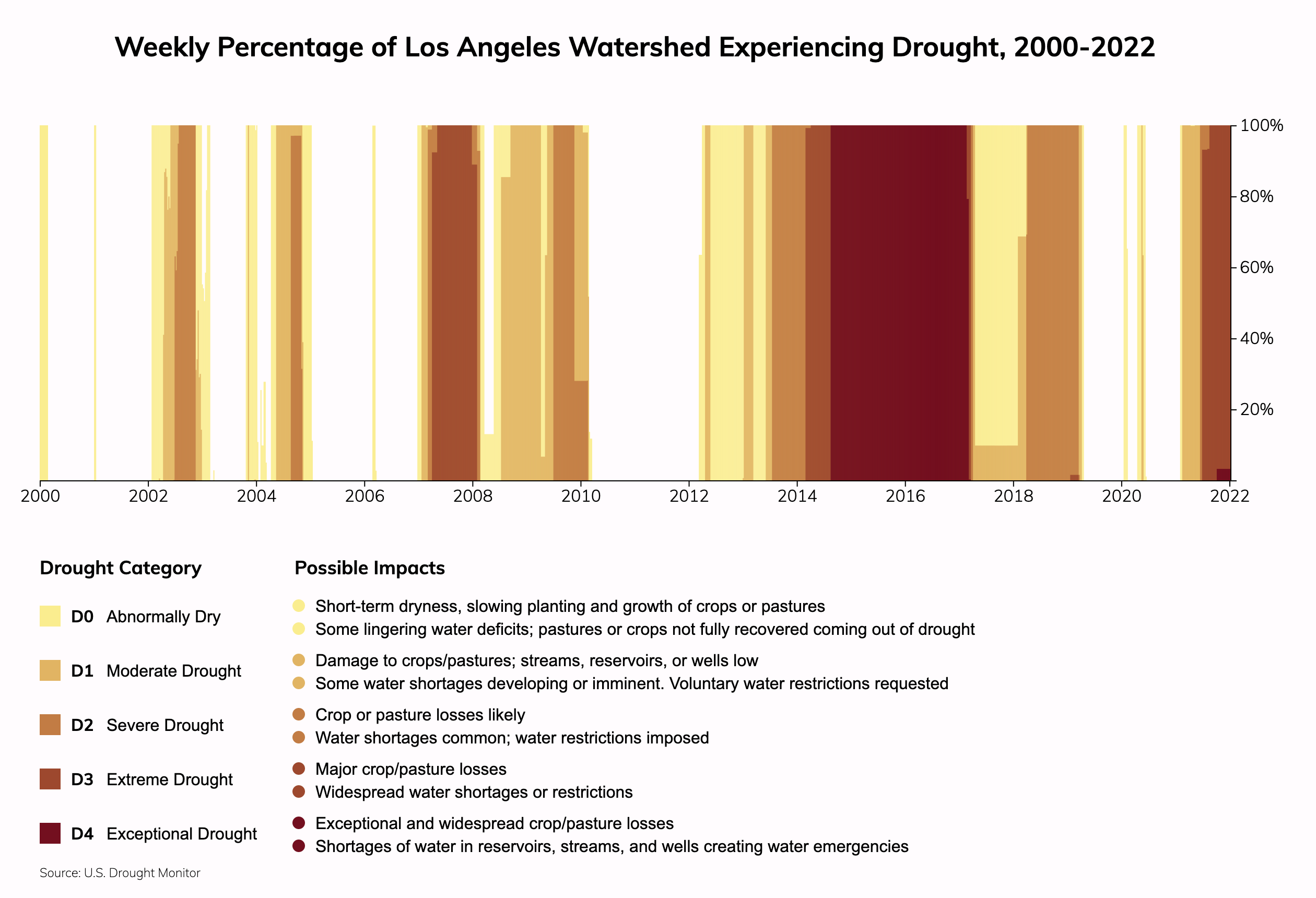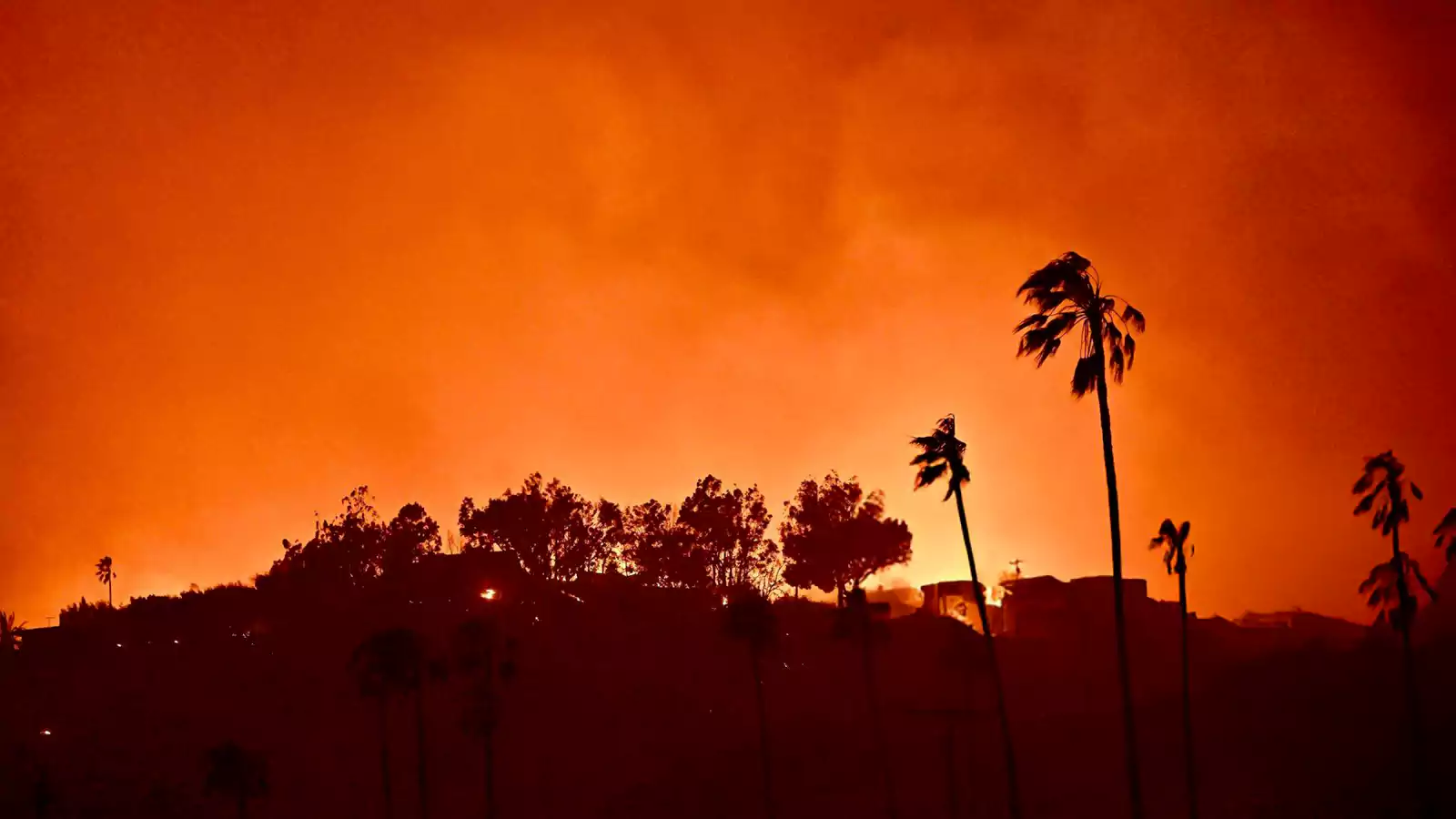Are We Normalizing Disaster? The Implications Of Betting On The Los Angeles Wildfires

Table of Contents
The Economic Incentives to Ignore Risk
The allure of living in Los Angeles is undeniable, with its stunning views and vibrant culture. However, many desirable areas sit nestled amongst canyons and chaparral, making them prime candidates for wildfire devastation. This inherent risk, however, is often overshadowed by the powerful economic incentives driving development in these precarious locations.
Rising Property Values and Development:
- The high property values in these areas create a powerful incentive for continued development, despite the obvious wildfire risk.
- Recent developments in high-risk zones, such as the ongoing construction of luxury homes in the hills surrounding Los Angeles, illustrate this trend.
- Statistics consistently show that property values in these areas remain high, even after devastating wildfires, further fueling the cycle of development and rebuilding.
- Developers, while sometimes implementing fire-resistant building techniques, often face minimal legal repercussions for building in high-risk zones, creating a lack of accountability.
The Role of Insurance:
- The availability of wildfire insurance, albeit at increasingly high premiums, plays a critical role in enabling this risk-taking behavior. Homeowners can feel a sense of security knowing that, in the event of a fire, they will receive some form of compensation.
- However, repeated large payouts from insurers after recent wildfires raise concerns about the long-term stability of the insurance market. Premiums are likely to continue to increase, potentially creating an affordability crisis for many residents.
- The debate over affordable wildfire insurance and government intervention to ensure market stability is a crucial aspect of the broader discussion about managing wildfire risk.
The Psychological Aspect of Normalization
Beyond the economic drivers, the normalization of disaster related to Los Angeles wildfires also has deep psychological roots.
Complacency and Risk Perception:
- Cognitive biases, such as the "optimism bias" ("it won't happen to me") and the difficulty in comprehending long-term, low-probability risks, contribute to complacency.
- Public education and awareness campaigns are crucial to combatting these biases and helping residents accurately assess the wildfire risk in their communities.
- The way media portrays wildfires – focusing on immediate devastation rather than long-term consequences – can also shape public perception and contribute to a sense of normalization.
The Influence of Community and Social Pressure:
- Strong community ties can create social pressure to rebuild in high-risk areas, even when individuals acknowledge the dangers. Relocating can mean leaving behind established networks, jobs, and cherished memories.
- Community resilience initiatives focused on wildfire prevention and preparedness can help to mitigate this pressure and foster a more informed approach to rebuilding.
- Local government policies, including building codes and land-use regulations, play a critical role in shaping development patterns and influencing community decisions.
The Environmental and Societal Consequences
The ongoing cycle of rebuilding in high-risk zones carries significant environmental and societal consequences.
The Long-Term Costs of Rebuilding:
- The repeated construction required after each wildfire has a substantial carbon footprint, further contributing to climate change, which in turn exacerbates wildfire risk.
- The strain placed on emergency services, including firefighters and first responders, is immense, requiring substantial public funding and putting a strain on resources.
- The cumulative economic cost of repeated wildfire damage – including property losses, insurance payouts, and recovery efforts – is staggering and ultimately unsustainable.
Vulnerable Populations and Equitable Solutions:
- Wildfires disproportionately impact low-income communities and marginalized groups, who often lack the resources to prepare for or recover from these events.
- Affordable housing options outside of high-risk zones are crucial for ensuring equitable access to safe and resilient communities.
- Policies promoting equitable access to resources, support, and disaster preparedness are essential for addressing the social injustice inherent in wildfire risk.
Conclusion:
The normalization of disaster related to Los Angeles wildfires is a complex issue with far-reaching consequences. The economic incentives to build in high-risk areas, coupled with psychological factors contributing to complacency, create a dangerous cycle of development, destruction, and rebuilding. The long-term environmental and societal costs are unsustainable, particularly for vulnerable populations. To break this cycle, we need a multifaceted approach. This includes responsible development practices, increased investment in wildfire mitigation efforts, and policies that address the systemic inequalities exacerbating the impact of these disasters. We must move beyond simply rebuilding after each fire and instead focus on preventing Los Angeles wildfires and mitigating the risk. Support organizations dedicated to wildfire prevention, contact your elected officials to advocate for stronger regulations, and make informed choices about where you live and invest. Let's work together to break the cycle of normalizing disaster and build a more resilient future for Los Angeles.

Featured Posts
-
 Pernyataan Pbb Kecaman Keras Terhadap Pelanggaran Ham Di Palestina Dan Tuntutan Tanggung Jawab Israel Dan Hamas
May 18, 2025
Pernyataan Pbb Kecaman Keras Terhadap Pelanggaran Ham Di Palestina Dan Tuntutan Tanggung Jawab Israel Dan Hamas
May 18, 2025 -
 Nyt Mini Crossword Clues And Answers March 12 2025
May 18, 2025
Nyt Mini Crossword Clues And Answers March 12 2025
May 18, 2025 -
 The Ethics Of Betting On The Los Angeles Wildfires And Similar Events
May 18, 2025
The Ethics Of Betting On The Los Angeles Wildfires And Similar Events
May 18, 2025 -
 Red Sox Cardinals Trade Solving Bostons Bullpen Woes
May 18, 2025
Red Sox Cardinals Trade Solving Bostons Bullpen Woes
May 18, 2025 -
 Analiza Meca Svjontek Ukrajinska Teniserka
May 18, 2025
Analiza Meca Svjontek Ukrajinska Teniserka
May 18, 2025
